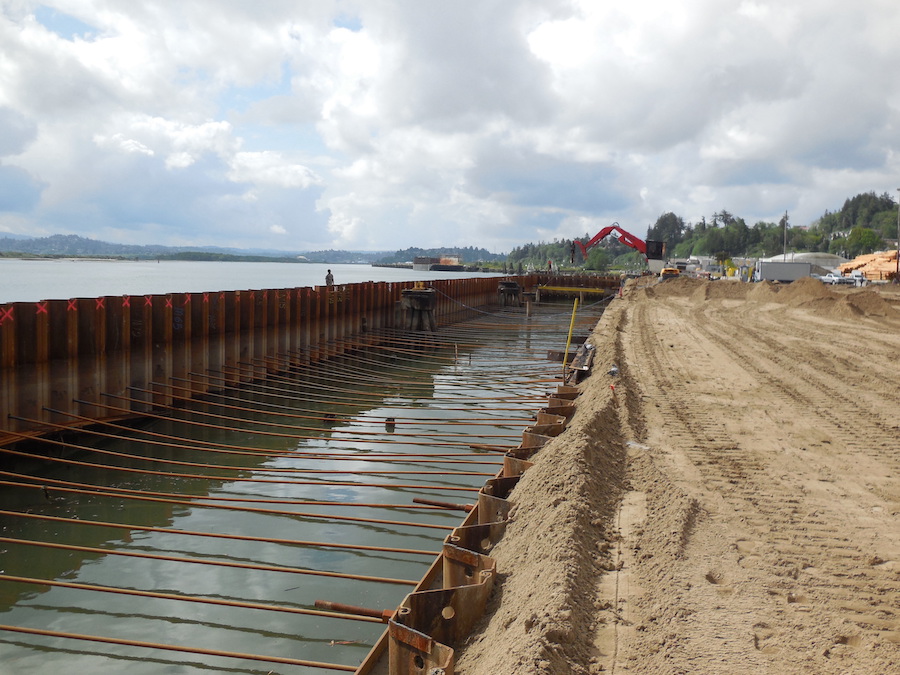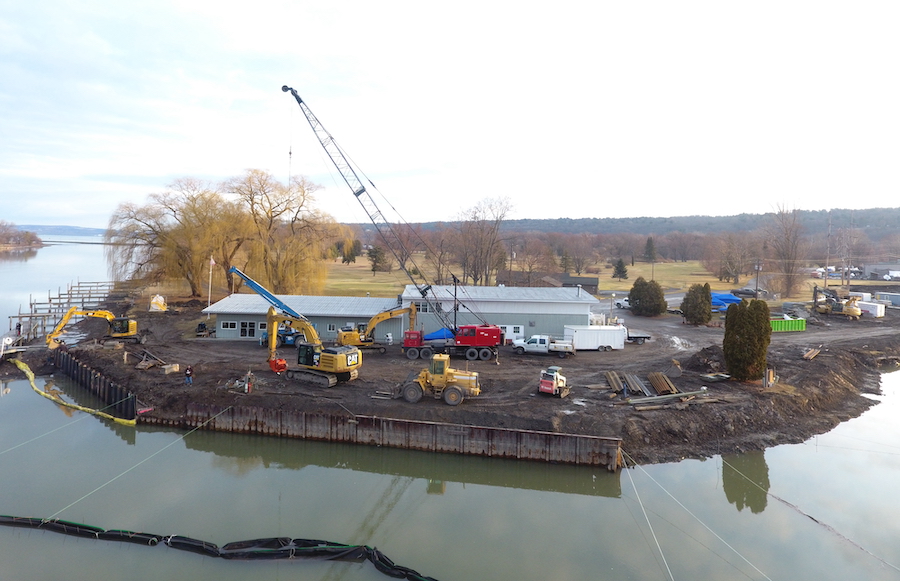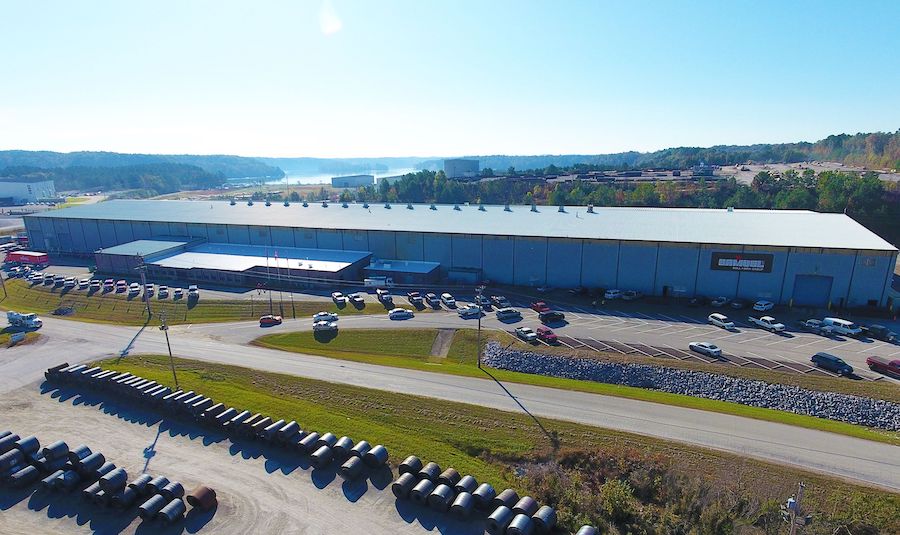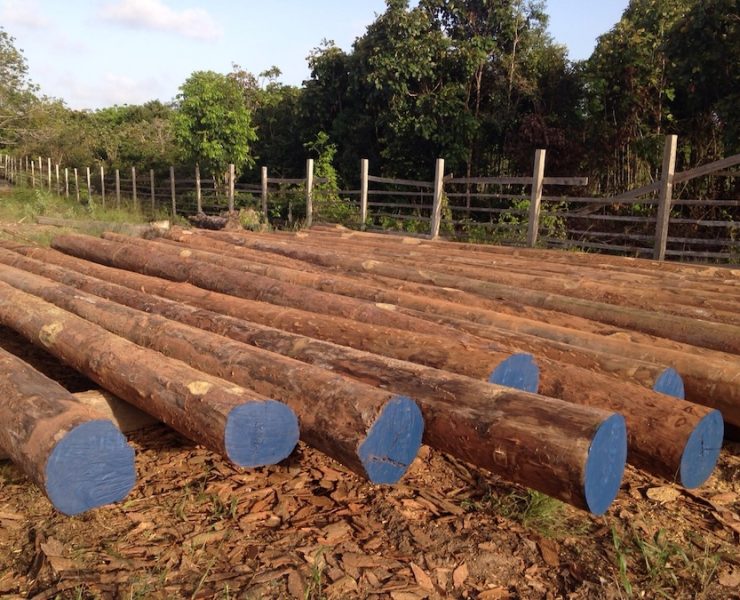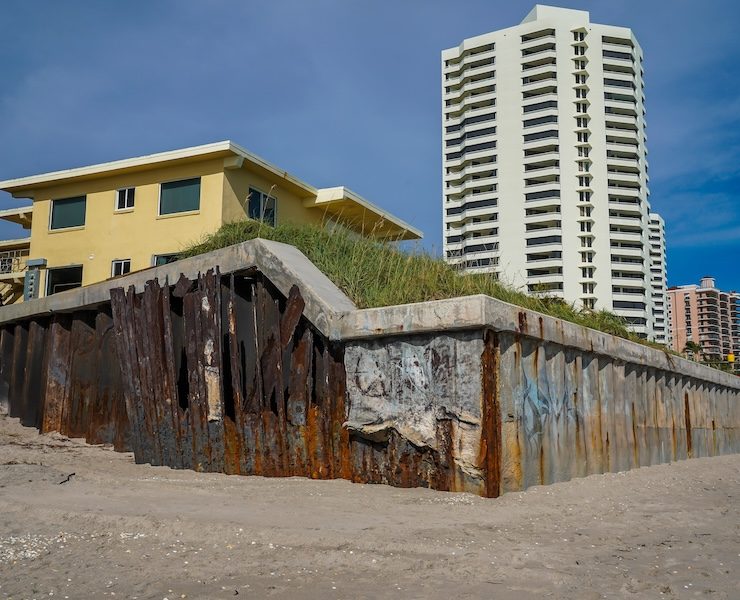INTERVIEW: Samuel Roll Form Group
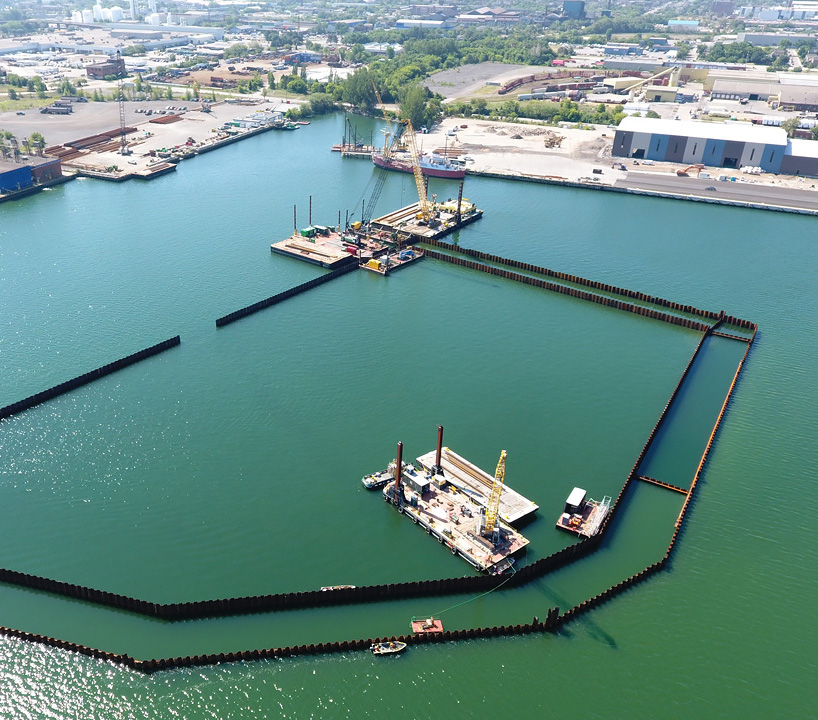
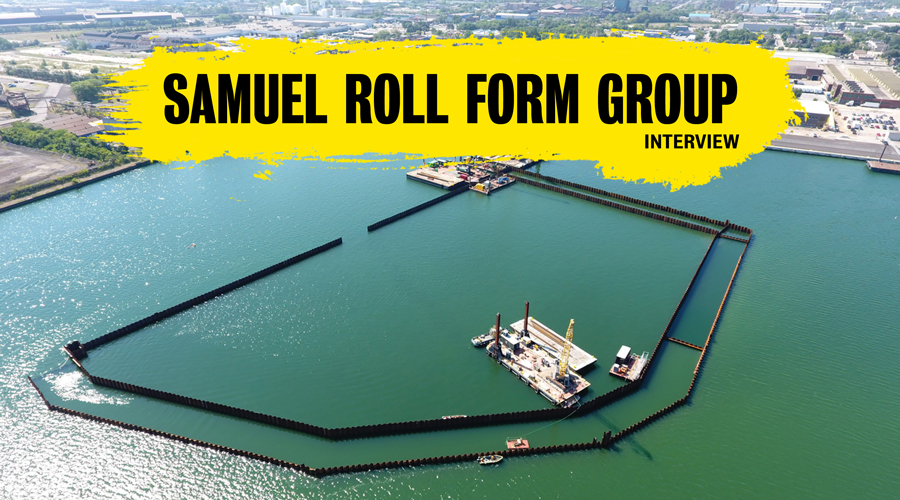
Pile Buck’s interview with Samuel Roll Form Group, who has provided steel sheet and pipe piling to numerous industries for over 45 years.
PB: Samuel Roll Form Group has launched several new products and services in recent years. Can you tell us about your broad range?
SRFG: We stock and manufacture a whole host of products for various end markets and applications. Over the years, as our business grew, we expanded our solutions and offerings. We recently completed an 80,000 square foot addition to our manufacturing location in Iuka, MS. With that, we were able to increase our capacity and introduce several value-add services, like brake presses, and additional roll forming and cutting capabilities. These complement the OEM rail car parts and components, highway guardrail products, structural roll formed parts for bridges, marine barges, conveyor systems, hot and cold formed sheet piling, H-pile, pipe, piling connectors and accessories that we have previously offered. With an extensive line of products, we are able to serve traditional and new markets.
Our Roll Form Group Heavy Construction business specifically serves driven pile customers across North America. We have seven series of sheets in varying thicknesses offering about 30 profiles ranging from a section modulus of 2.7 up to 51.4. Each serves a similar purpose but provides a different strength solution. The need for specific strengths is typically based on an engineering calculation call out that meets soil conditions and pile lengths.
PB: Tell us more about your sheet piling. What would you say is your top seller? Is there a popular application?
SRFG: Sheet piling certainly represents the greatest percentage of our business. It is mainly used for groundwork and anywhere soil is being removed or needs to be retained. Our best-selling sections are our L-Series and our newer DZ Series, followed by our EZ and XZ Series. There are a tremendous number of applications for sheet piling. It’s used in applications such as shoring, foundations, underground parking garages, bridges, marinas, trench shoring and pump stations, to name a few.
PB: I understand that Samuel offers steel for various marine applications including bulkheads, marinas and ports, storm and surge protection, and structural components. How about any other applications?
SRFG: We support customers in nearly every area of the market. The Department of Transportation heavily depends on us for steel products used in bridge abutments, culverts and highway guardrail systems. Another area of strength for us is environmental. Our sheet piling is installed as a protective barrier or wall for remediation projects where contaminated soil or sediment is being removed or contained. It is particularly effective in protecting homes, businesses and roads located along the shore that experience severe storms, which push in water against the coastline or lakefront and causes extensive flooding and erosion.
PB: Do your customers request any custom products? For which applications?
SRFG: Each project is custom designed and engineered, but most customers are able to work with available, equally engineered products. Customers will use standard sheet piling, H-pile, or pipe pile products that are interchangeable. Our products aren’t typically used for a single job, rather, the products we supply provide solutions for all applications. Nonetheless, we are always looking for new custom products to manufacture that are project specific. We do already provide custom pile cap and are able to fabricate custom waler systems.
PB: Does Samuel have an opinion toward hot-rolled sheet piling versus cold-formed?
SRFG: In our experience, hot-rolled and cold-formed are equal in serviceability and perform the same. Use will depend on application and whether waterflow and dewatering are a consideration. Samuel does provide both because we have customers that prefer one product over the other.
PB: Sheet piling is essential to construction projects, but not all of them need permanent applications. Do you offer rental services for temporary installations?
SRFG: We do, we keep a 13,000-ton inventory to meet customer project demands across the U.S. We stock cold-formed and hot-rolled sheet piling with several profiles and specifications. Earlier this year, we launched a dedicated online quoting tool to provide customers with an immediate upfront cost to support the execution of projects of varying sizes, scopes and complexities.
PB: Can you touch on why renting is ideal for some projects?
SRFG: Renting piling can be a fraction of the cost of buying new. When a customer buys new sheet piling, they incur significant upfront costs for the steel, and additional costs that involve transportation, set up and tear down and piling driving. When their project wraps up, they are faced with re-selling the piling, disposing of it or moving it back, which can be quite far to a home office yard. In our case, since we are renting used, reconditioned piling, the upfront costs are significantly less, each additional month is charged separately. We offer delivery and pickup services, which greatly reduces the time and worry required for this aspect of a project.
PB: There is no doubt the COVID-19 pandemic and its disruptions have impacted some industries noticeably while others not so much. Can you touch on some recent challenges?
SRFG: A small number of our clients were impacted by delays or put projects on hold because of the uncertainty of the situation early last year. Fortunately, our business was deemed essential in most jurisdictions. Samuel was able to adapt very quickly to restrictions and we transitioned many of our people to working from home. We did not skip a beat in terms of servicing our customers and meeting project deadlines. The resulting changes to the steel supply chain coming out of a soft second quarter last year have been monumental, and we are feeling this impact now. I don’t think anyone expected the disruptions, the initial shortage of scrap, low mill capacity utilization rates and the quick economic recovery to cause such a significant rise in steel prices. We also transport all our own products, so at the same time, we are facing significant changes involving trucking and logistics costs plus finding trucks to take our shipments.
PB: How can a prospective customer connect with you?
SRFG: I encourage anyone to contact us through our website or by phone: 904-287-8000.














